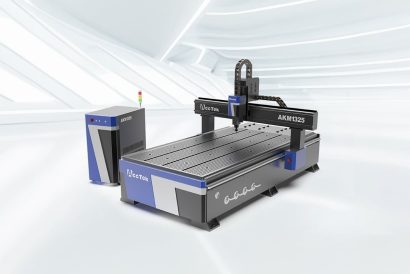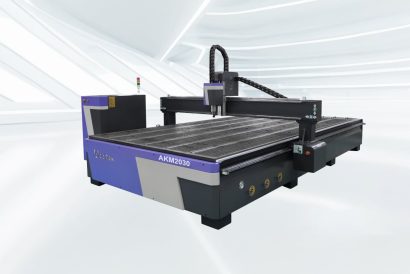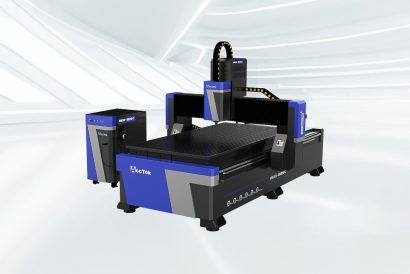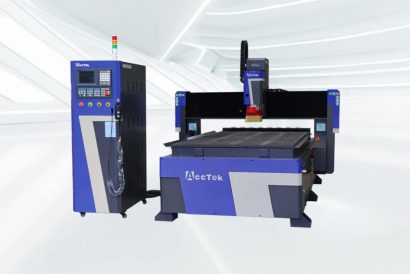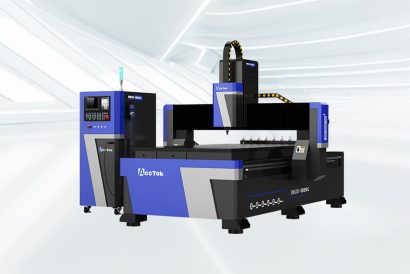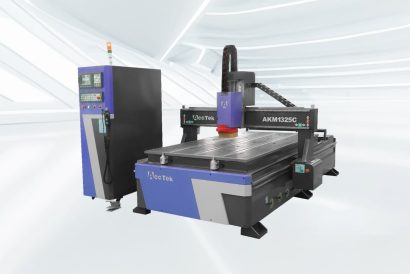Construction Industry
Application of CNC Router in Construction Industry
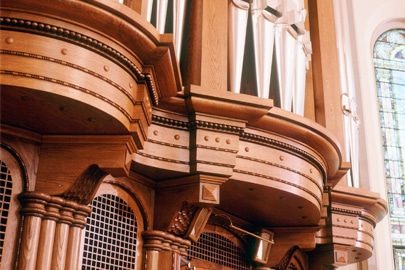
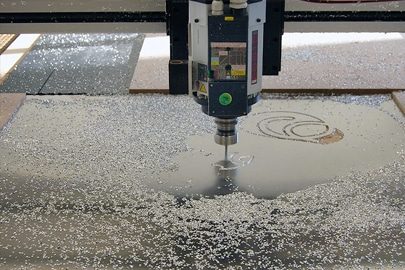
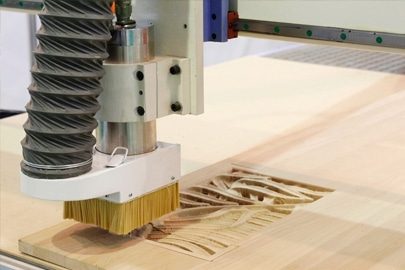


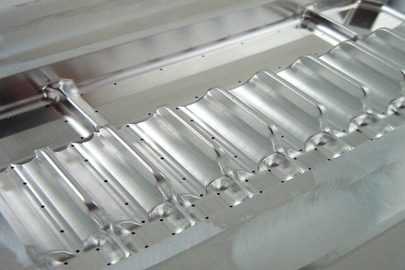
CNC Router Enhances Construction Technology
Precision Cutting And Forming
CNC routers excel at precisely cutting and shaping a variety of materials used in construction, such as wood, plastic, metal, and composites. It improves on traditional cutting methods by delivering high accuracy and repeatability, ensuring complex designs are reproduced consistently.
Structural Component Manufacturing
CNC routers can produce structural components such as trusses, beams, and columns. The precision cutting capabilities of these machines ensure that structural components are accurately formed, thereby helping to improve the structural integrity and overall stability of buildings and other construction projects.
Building Paneling And Cladding
CNC router simplifies the production of panels used in cladding and wall systems. It ensures consistent panel dimensions by efficiently cutting materials to precise specifications, thus contributing to seamless installation and overall structural integrity.
Custom Component Manufacturing
Construction projects often require custom millwork. CNC routers are capable of manufacturing custom elements (such as doors, windows, cabinets, and trim) with precise dimensions and intricate details, contributing to better fit and enhanced aesthetics.
Interior Design Elements
CNC router helps create complex interior design elements such as decorative panels, trim, and decorations. The technology enables efficient and precise production of customized interior features on a variety of materials, enhancing the overall aesthetics of architectural spaces.
Prototyping And Model-Making
Architects and designers utilize CNC routers for prototyping and model-making. The technology can accurately translate digital designs into physical models, helping to better visualize and evaluate construction concepts before full production.
Concrete Structure Formwork Creation
In concrete construction, a CNC router helps in making formwork. It can precisely cut and form modular components, ensuring consistency and accuracy in the assembly of prefabricated elements, which can shorten construction time and reduce on-site work.
Engraving And Detailing
CNC routers are used to engrave details on architectural elements, including signage, decorative features, and branding elements. The technology allows for the precise reproduction of detailed designs on materials, enabling the creation of visually appealing and historically accurate architectural features.

